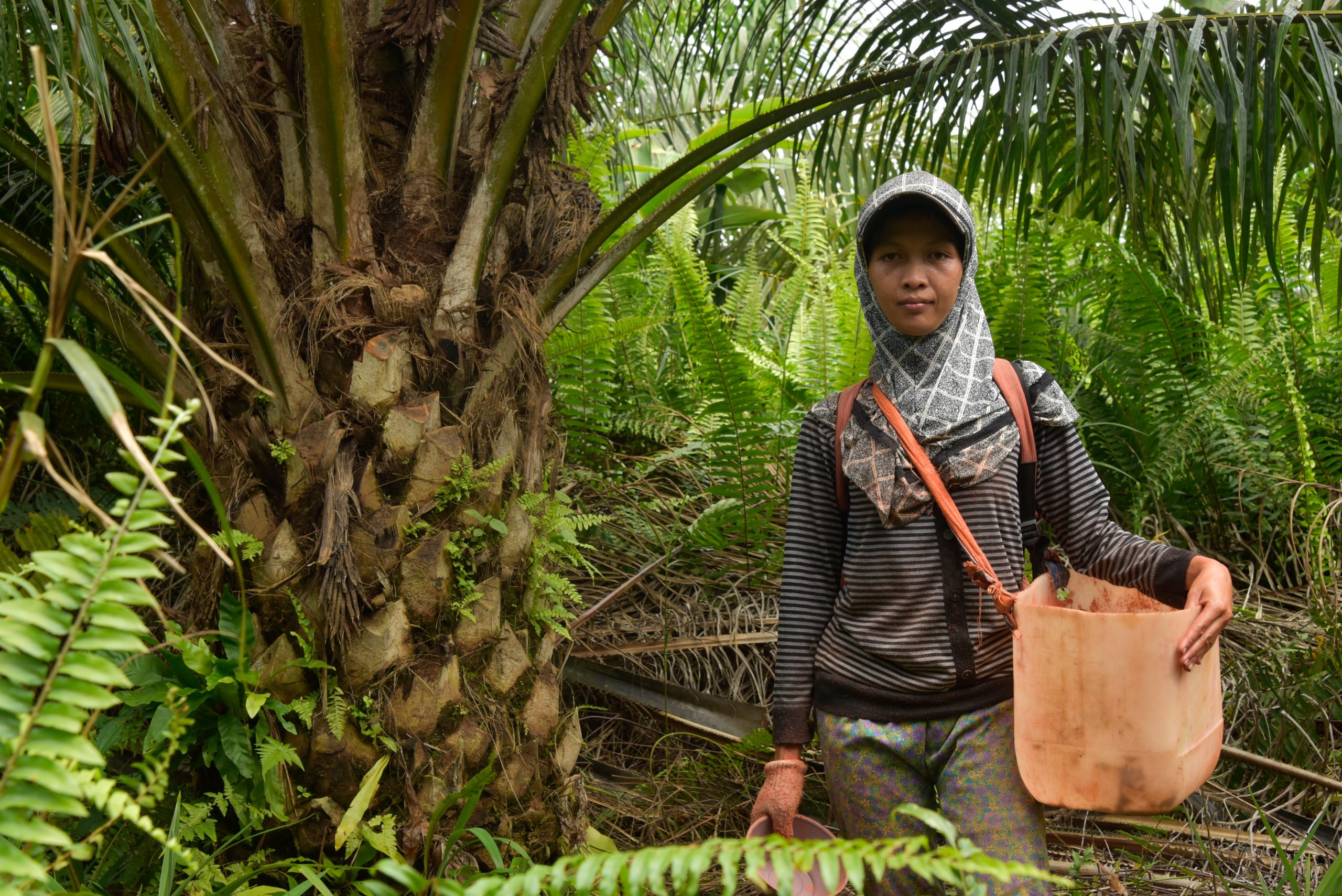Duration of engagment
Short-Medium (3-6 months to expand sustainability reporting; 3 years to set up a jurisdictional monitoring system)
Cost
Expansion of sustainability reporting to include landscape/jurisdictional progress (no cost if an external resource is available that tracks this progress; $$$ if a monitoring system needs to be created for the landscape/jurisdiction)
($$$)
Obtaining third-party verification of reported impacts if not built into the landscape/jurisdiction-level monitoring system
In the real world
1. Forging linkages for landscape-level accountability
Companies often commit to sustainability goals that transcend what they can achieve alone, and report regularly on the steps they are taking to advance those goals. For example, the Global Reporting Initiative, within its Biodiversity Standard, requires companies to report on “whether partnerships exist with third parties to protect or restore habitat areas distinct from where the organization has overseen and implemented restoration or protection measures.” Numerous companies involved in L/JIs report on their contributions to those initiatives. Each effort fits like a piece in a puzzle, part of the whole. However, there is not yet a clearly established practice of companies explicitly committing themselves to the joint achievement of L/JI outcomes and then reporting on the initiative’s overall results as a part of their corporate reporting.
2. Tracking progress in a larger context
In an L/JI in the Kakum area of Ghana’s Central Region, Lindt’s Cocoa Foundation partnered with the Nature Conservation Research Center to develop a system for monitoring and evaluation (M&E). The M&E system will let all of the L/JI stakeholders track their progress toward meeting the initiative’s goals and enable companies to measure their contributions in a larger context. The M&E system is being designed to track socioeconomic and ecological sustainability, and how the Kakum initiative shapes local views about livelihoods and wellbeing, Climate-Smart Cocoa practices, and landscape governance and management. This effort pilots the LandScale system to track progress at landscape scales.
Key points for companies
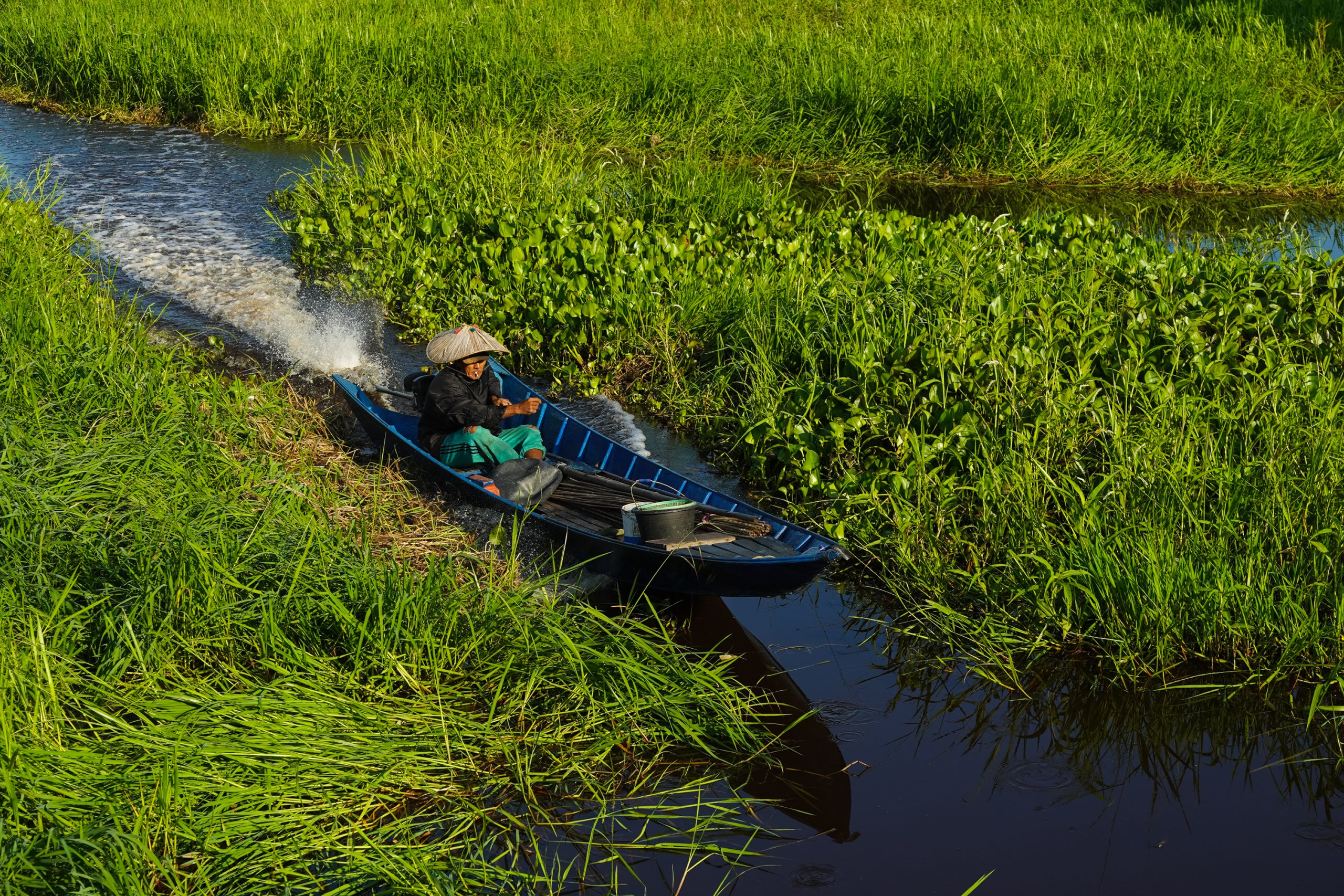
Based on its supply chain priorities or where it wields greatest market influence, a company should choose landscapes/jurisdictions in which to take on co-responsibility for sustainability progress alongside other stakeholders. This selection should reflect the strength of the company’s commitment to the achievement of specific results at the landscape/jurisdictional level, and the company’s ability to contribute to those results.
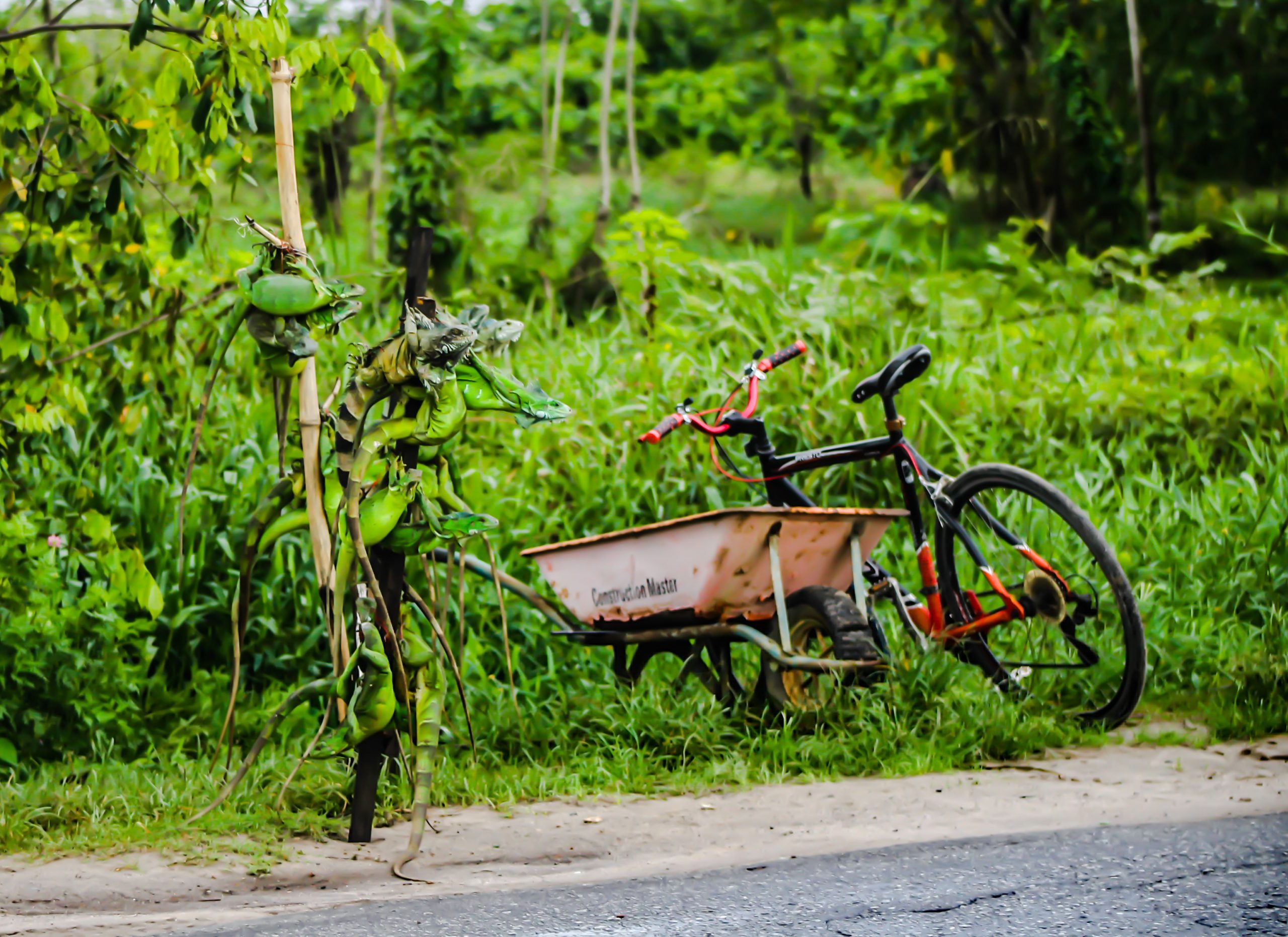
Incorporate some or all of the L/JI’s sustainability targets within the company’s and ensure internal buy-in to be co-accountable for meeting them. A company may commit itself to those targets where it can make the greatest contribution, even while recognizing that the outcome largely depends on stakeholders and forces beyond the company’s control.
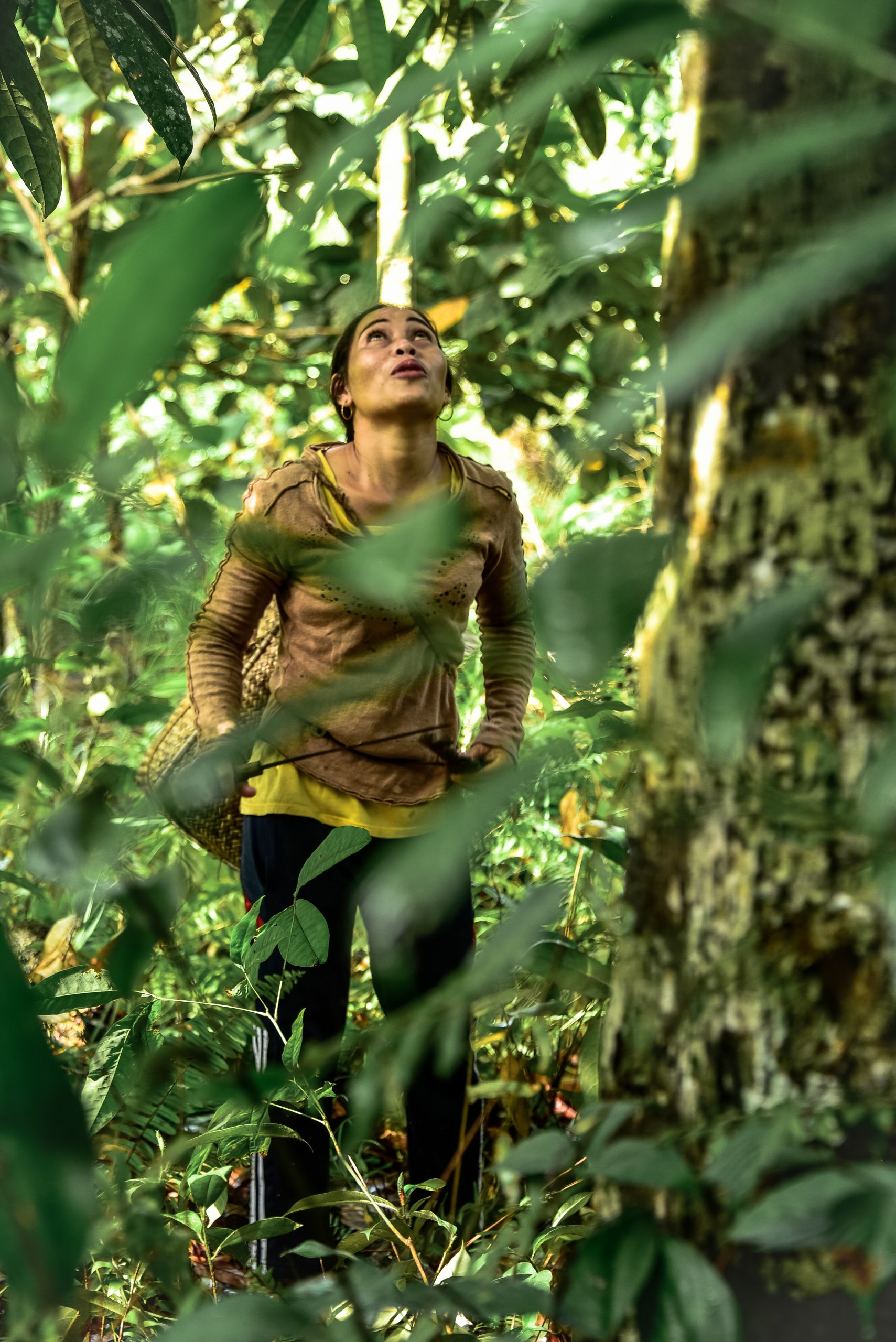
Announce the company’s intention to be co-responsible for progress on sustainability, jointly publicized through the L/JI’s external outreach, corporate communications, and any national and global platforms in which it participates. Leverage high-profile gatherings focused on forest and climate issues (e.g. UN Climate Week, the UNFCCC COP, the TFA annual meeting) to amplify a company’s message about claiming a degree of responsibility for an L/JI’s progress.
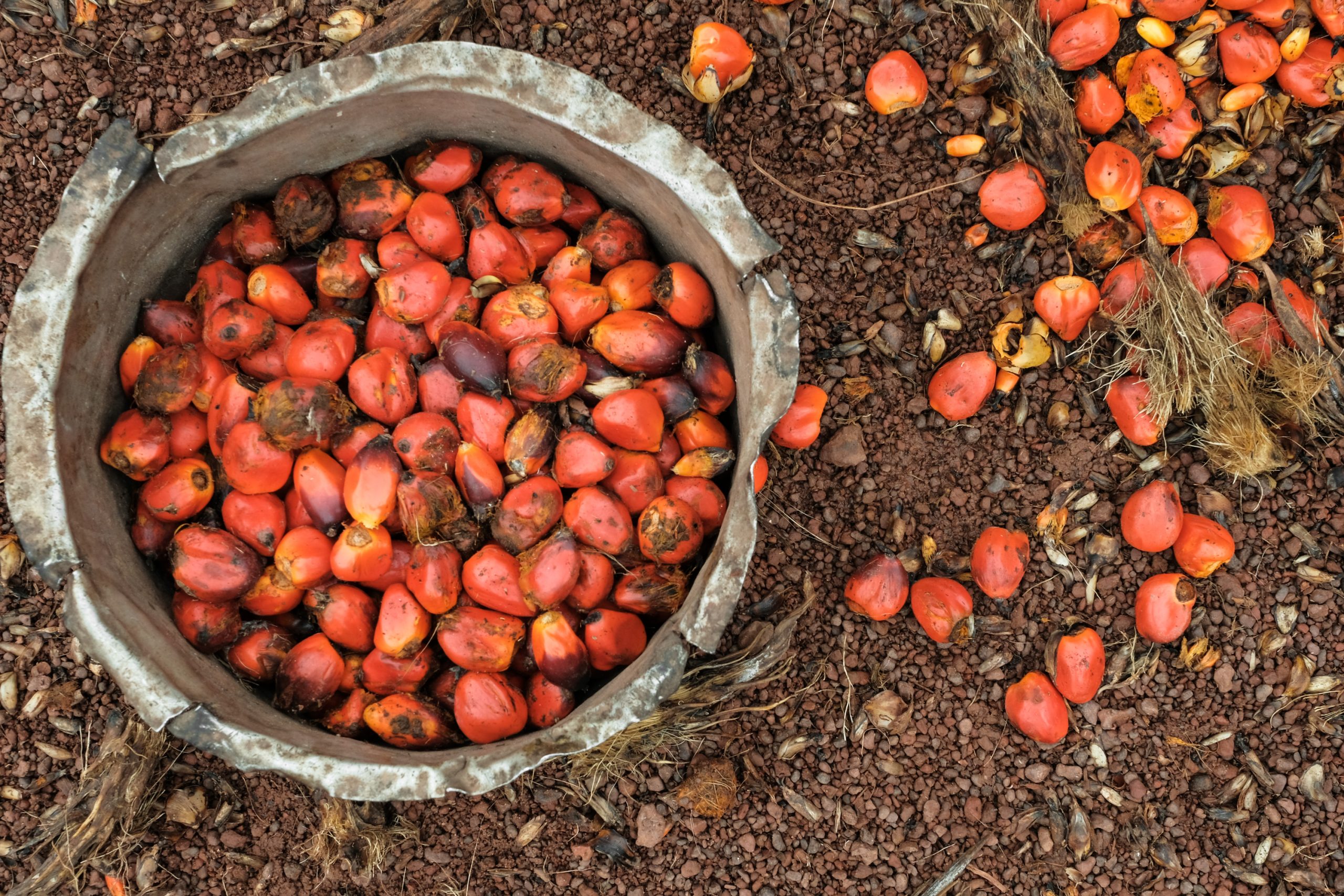
Ensure a local M&E system is in place to assess progress at the landscape/jurisdictional level. LandScale and Verified Sourcing Areas are systems being developed to measure landscape progress in standardized ways, and track actors’ contributions toward this progress.
- Lacking a credible and effective monitoring system, work with other stakeholders to design and build one that is transparent, impartial (assured via third party verification), generates relevant and high quality data, and tracks performance regularly over time. To that end, ISEAL Alliance and WWF have developed guidance on creating credible monitoring systems for L/JIs.

Integrate reporting on the L/JI’s progress into the company’s own sustainability reporting, using specific, measurable, achievable, relevant, and timebound (SMART) indicators that capture what results the company has set out to achieve.
Incorporate some or all of the L/JI’s sustainability targets within the company’s and ensure internal buy-in to be co-accountable for meeting them.
External conditions that improve likelihood of success
- No external conditions are required for this intervention to be a useful contribution to advancing sustainability at a landscape/jurisdictional level. Some companies may choose to share responsibility for an L/JI’s progress only when a multi-stakeholder body is driving implementation of already-defined targets. Others may want to commit to co-responsibility regardless, to signal the company’s long-term intent to invest in improving the region’s sustainability performance.
- Availability of dedicated staff and resources within the company and the L/JI to monitor and report on progress and use these as a management tool.
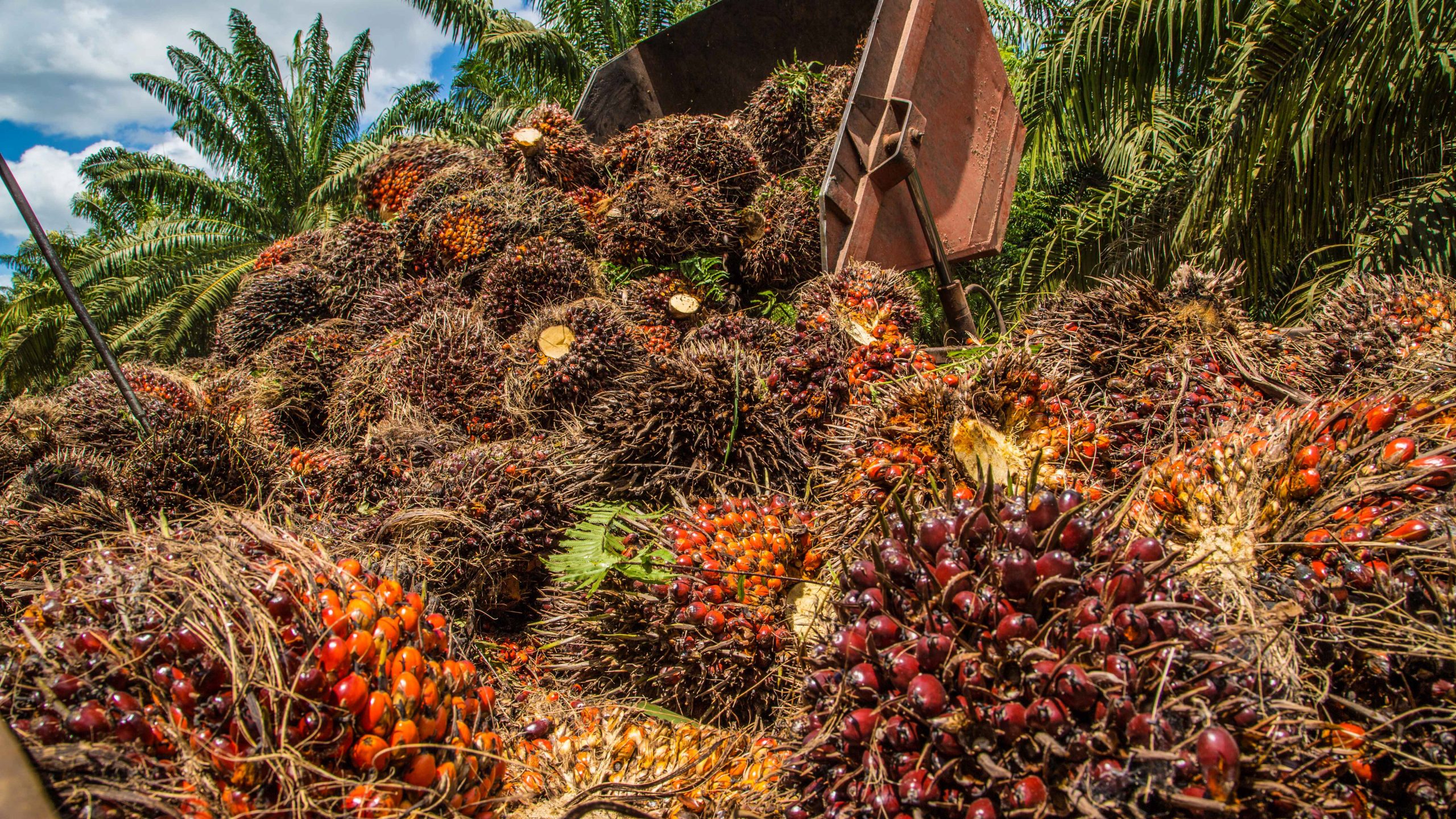
The business case for this intervention
- By taking on co-responsibility, a company signals, locally and globally, its long-term support for the sustainability objectives of a high value landscape/jurisdiction.
- Aligning a landscape/jurisdiction’s targets with its own can help ground and focus further actions the company might take to advance these targets.
- Public commitments to and reporting on L/JI results can attract other companies and NGOs with an interest in the same goals, creating new partnership opportunities.
